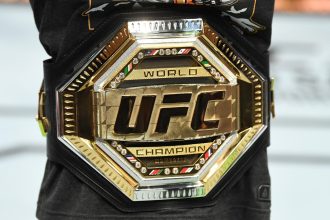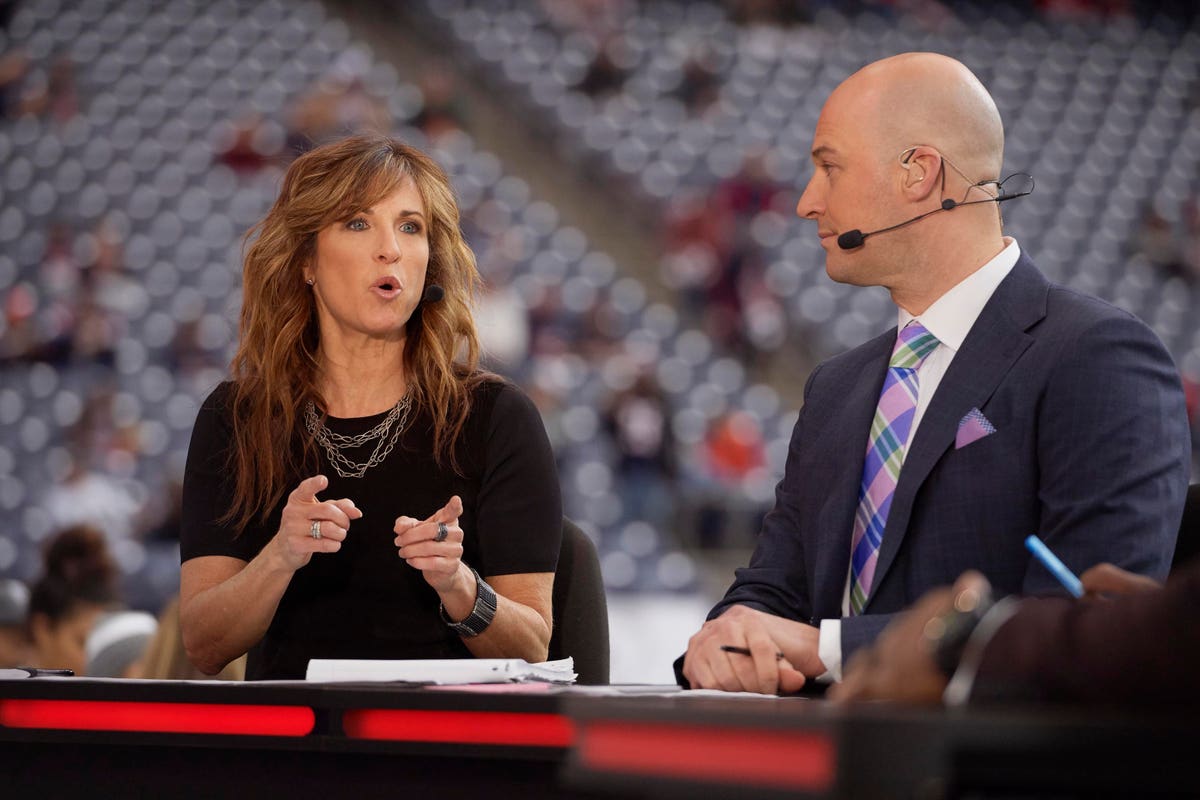For decades, ESPN was the ultimate cable TV cash cow, exacting a “tax” of several dollars of month in carriage fees from every U.S. cable TV household, every month, even of most subscribers never or seldom watched.
That worked great until tens of millions of households started cutting the cable/satellite/virtual MVPD cord, sending penetration levels (and carriage fees) from around 100 million households to what’s now estimated at somewhere south of 60 million.
The results at ESPN were predictable, but hardly welcome for the hardcore sports fans who feast on not only the live year-round games on the network but its iconic SportsCenter nightly wrap-up show and endless deep dives on a wide range of prominent pro, college and even high school players, teams and leagues.
Over the long holiday weekend, news seeped out that the fourth major cut in employees at ESPN was taking effect. What was different this time was that the 20 or so people let go were all high-profile, highly paid on-air talent, from former NBA coach and color commentary Jeff Van Gundy to college football analyst David Pollack to NFL draft specialist Todd McShay. Other notables included long-time anchor Suzy Kolber, former NBA star and analyst Jalen Rose, boxing analyst/radio host Max Kellerman, and former NFL star/analysts Keyshawn Johnson and Matt Hasselbeck.
ESPN released a brief, straightforward statement, while declining to name the entire list of layoffs: “These difficult decisions, based more on overall efficiency than merit, will help us meet our financial targets and ensure future growth.”
By “efficiency,” the company likely meant laying off 20 on-air personalities with million-dollar-plus contracts spared managers the need to cut even deeper on the behind-the-scenes producers, writers, technical personnel and others who’d borne three previous rounds of layoffs over the past few years.
The ESPN cuts were part of 7,000 layoffs Disney has implemented companywide over the past several weeks as it grapples with a variety of financial challenges. But these cuts involved people that viewers know. And they won’t be the last ones.
The high-profile nature of ESPN’s cuts shows the increasingly problematic future facing the sports network, which is seeing its cable sinecure eroding at an increasing rate as cord-cutting accelerates even as expensive new TV sports rights deals kick in.
Indeed, the combustible and confrontational Stephen A. Smith used his own ESPN show on Monday to warn, “more is coming. Yes, ladies and gentlemen, I could be next. My eyes are wide open now. I’m never comfortable. I never take anything for granted and I never assume that I am safe.”
He’s not. One of Disney CEO Robert Iger’s biggest challenges is figuring out what to do with ESPN, ABC, and the rest of its cable and broadcast holdings as the TV business goes through epochal change thanks to streaming and cord-cutting.
Should Disney’s pre-eminent dealmaker swap the company’s 80% stake in ESPN (Hearst owns the rest) for Comcast’s
CMCSA
T
Or should Disney finally make ESPN+, its undernourished streaming service, a real thing, a service that sports fans at least would pay for?
Iger and ESPN chieftains have been pondering those questions for years, but a changeover to streams comes with many risks, like whether cable providers would demand a significant cut in carriage fees because of the lost exclusivity. Such a shift likely would be exchanging cable dollars for streaming nickels.
All that would come as the many billions of dollars that ESPN/ABC/Disney have invested in rights to NFL and college football, the NHL, Major League Baseball and the NBA (whose renewal rights are coming up next year) will start to pinch the company’s bottom line just as big tech-backed streamers such as Apple
AAPL
AMZN
And it’s not just the live games facing price pressures.
ESPN was reportedly a big bidder in the NFL Films/Skydance Sports 10-part documentary about Dallas Cowboys ownerJerry Jones.
As an owner, Jones is seemingly an unlikely choice for such a sustained examination. But he’s perhaps the most powerful owner in the most successful and watched league in American sports, a lightning rod presence across sports, and presided over three Super Bowl wins in the 1990s, and continuing cultural prominence despite two decades of underachieving teams.
Bidding for the show became a microcosm of ESPN’s bigger issues. Netflix
NFLX
Unlike Apple and Amazon, Netflix still hasn’t invested in live sports rights, but that kind of spending for sports-adjacent programming shows the changes in a market once dominated by ESPN’s 30 for 30 series and The Last Dance, and projects from HBO. Both Disney and HBO parent Warner Bros. Discovery are undergoing wrenching cuts and closures as they adapt to new economic circumstances.
Netflix, meanwhile, has found global interest from its 232 million subscribers for its sports-related shows. Drive to Survive, the long-running series about Formula One racing, was so successful that it drove U.S. TV rights to the races themselves from a mere $5 million to the latest deal’s $75 million a year. The streaming giant also has shows featuring pro golfers and tennis players, plus NFL Films’ Quarterback, which debuts this month.
Contrast that with ESPN as it tries to find compelling programming to fill the time between games.
As Puck co-founder Matt Belloni pointed out with the Jerry Jones doc, “Ten or even five years ago, ESPN probably would have closed the deal, especially since ESPN/Disney is already an NFL partner. But here, Netflix was apparently considered the more appealing global platform—and Netflix isn’t suffering from cratering carriage and dozens of on-air talent layoffs just this week.”
It won’t be a pretty next couple of years as Iger, under a two-year contract that’s already more a quarter done, tries to figure out the future path for Disney as a whole and for ESPN as one of its most significant pillars.
If you hate seeing the departure of on-air hosts and analysts you love from the sports network you’ve loved for years, there’s just one thing to say: get used to it.
Read the full article here





